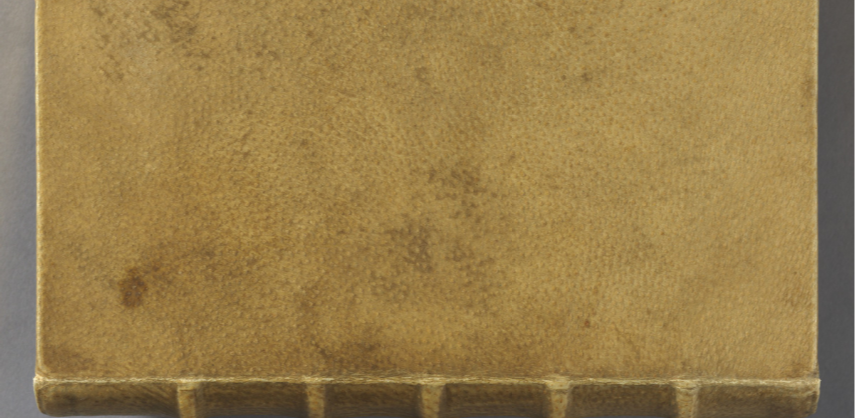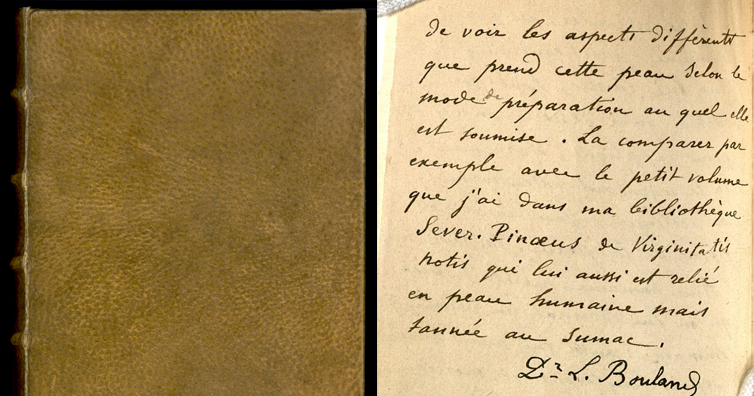

The book itself offers no explanation beyond the inscription stating the details of Cudmore's crime and trial.

#Harvard university library books bound in human skin skin
There are, however, more fundamental questions prompted by the Cudmore Milton (as I will refer to it): why use human skin to bind a book, and why choose Milton's poems? One of the mysteries that I seek to unravel here is what happened to Cudmore's skin between the dissection of his body and the binding of the book. Decades later, local bookseller William Clifford used Cudmore's tanned skin to bind an 1852 edition of The Poetical Works of John Milton, published by William Tegg.

Cudmore was hanged, and dissected at the Devon and Exeter Hospital. On opening the volume, however, the reader finds an extraordinary inscription: “This Book is bound with a part of the skin of George Cudmore who with Sarah Dunn was committed to the Devon County Gaol on the 30th of October 1829 … for murdering & poisoning Grace Cudmore his Wife.” In 1830, George Cudmore was tried, found guilty, and executed his accomplice, Sarah Dunn, was acquitted. In the collections of the Devon Heritage Centre, located on an industrial estate on the outskirts of Exeter, there is what at first appears to be an unremarkable, leather-bound, Victorian edition of Milton's poetry.


 0 kommentar(er)
0 kommentar(er)
